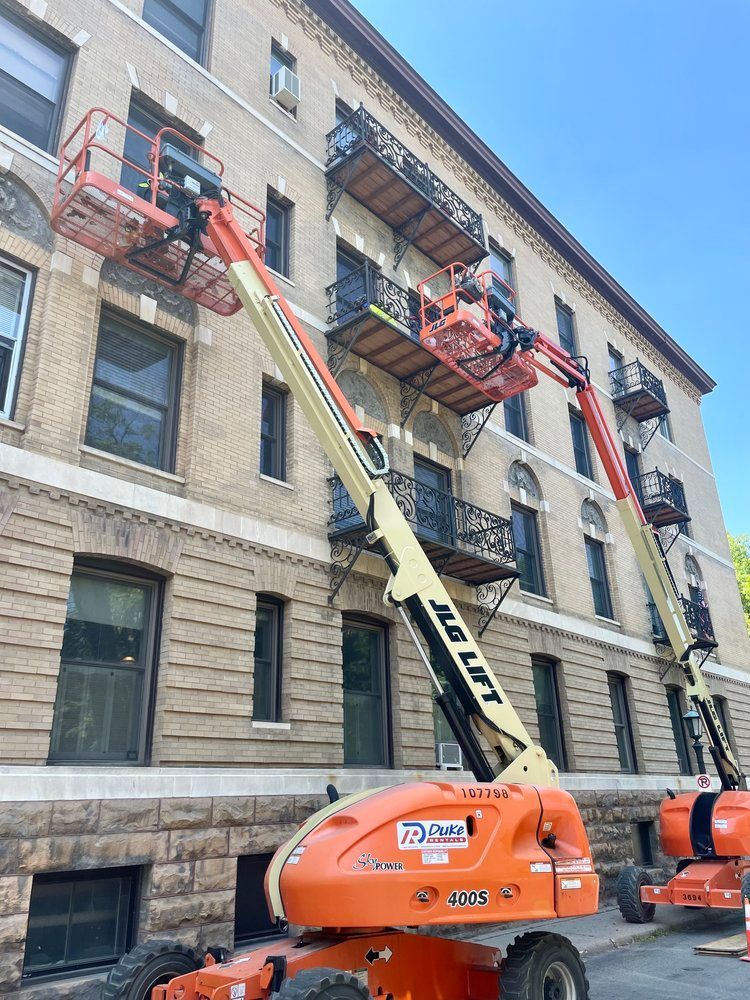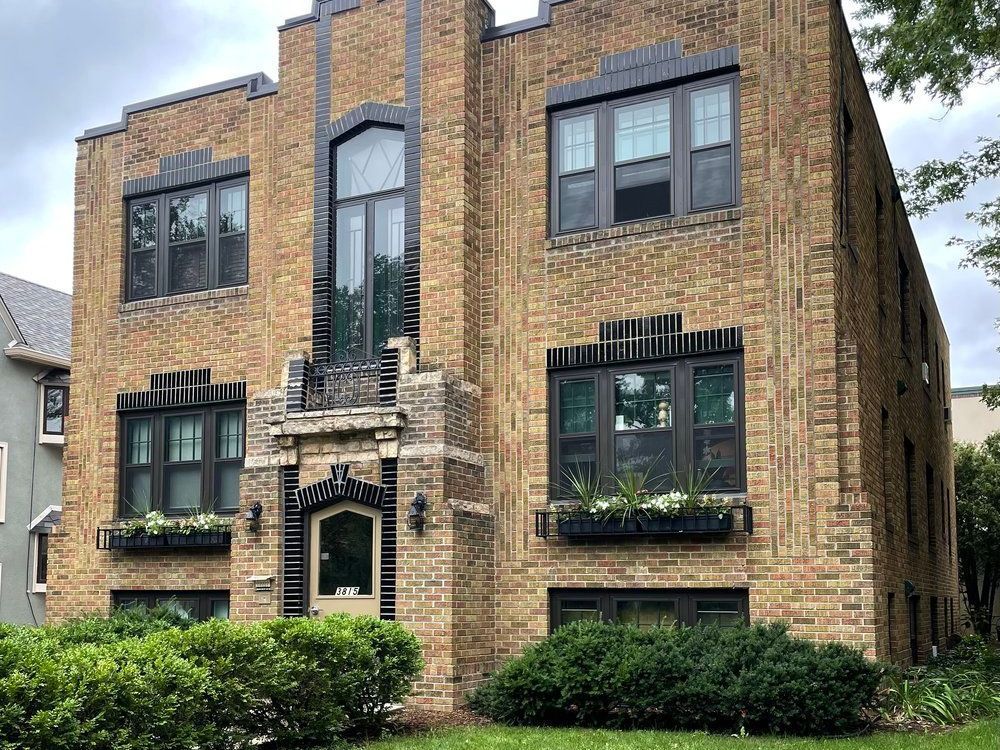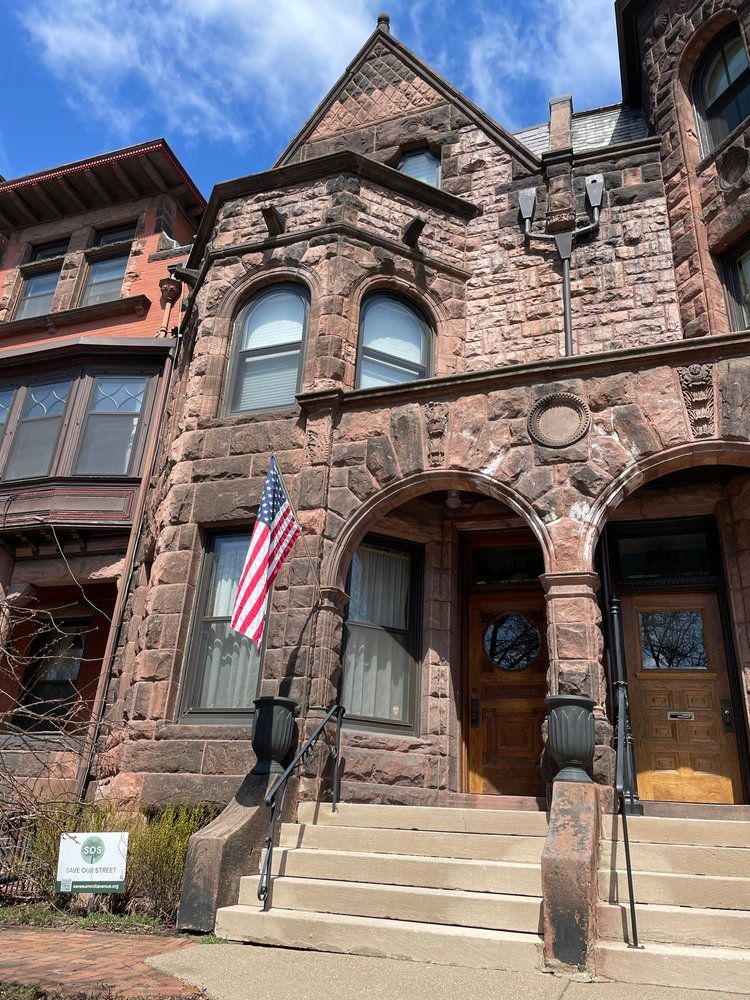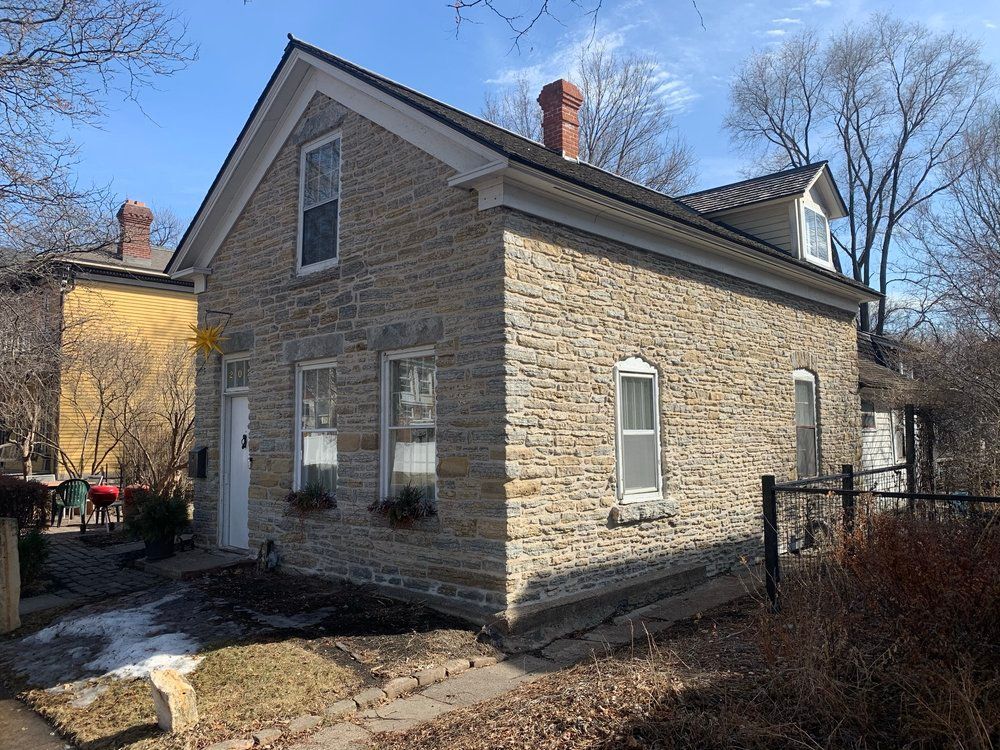Post Winter Masonry Care
- How winter damages masonry
- Why spring is the ideal time for repairs
- Steps to assess, clean, and restore your masonry structures
How Winter Weather Damages Masonry
Masonry is tough—but not immune. The freeze-thaw cycle is one of the biggest culprits.
What Happens During Freeze-Thaw Cycles:
- Water infiltration: Moisture seeps into cracks and porous materials.
- Freezing and expansion: As temperatures drop, the water freezes and expands, widening cracks or causing surface flaking (spalling).
- Repetition: Multiple freeze-thaw cycles worsen the damage over time.
Other Winter-Related Issues:
- Salt damage: Salt used to melt ice can erode surfaces, especially on historic or downtown facades.
- Surface staining: Salt and moisture often leave behind damaging white deposits.
Why Spring is the Best Time for Masonry Repairs
Spring offers the ideal environment for assessing and repairing winter damage:
- ✅ Mild temperatures: Perfect for curing mortar and sealants.
- ✅ Early intervention: Prevents issues from worsening in summer rains or next winter.
- ✅ Clear access: No more snow or ice blocking critical areas.
At Capital Masonry Restoration, we recommend addressing damage early to extend the life and beauty of your masonry.
Step 1: Assessing Winter Damage
Start with a thorough inspection. Our team can help identify:
Common Post-Winter Masonry Issues
- Cracks in bricks, stones, or mortar joints
- Spalling (flaking or chipping surfaces)
- Efflorescence (white, powdery salt residue)
Signs of Water Infiltration
- Water stains, damp walls, or interior mold
- Musty odors near masonry walls
Foundation & Structural Concerns
- Cracks in the foundation
- Uneven floors or misaligned walls
- Signs of frost heave
Step 2: Cleaning & Surface Preparation
Proper cleaning is essential before repairs begin.
How to Clean Masonry Safely
- Use a soft-bristled brush and water to remove dirt and salt
- For efflorescence, apply a diluted vinegar solution or specialty cleaner
- Remove moss or algae with non-abrasive cleaners
Cleaning Tips
- Avoid high-pressure washing—it can cause damage
- Test any cleaner on a small area first
- Use plastic scrapers—not metal—to prevent scratching
Step 3: Repairing the Damage
We specialize in expert masonry repairs to restore your property’s integrity and appearance.
Repointing Mortar Joints
- Remove deteriorated mortar
- Replace with new mortar that matches in color and composition
- Use lime-based mortar for historic restorations
Patching & Replacing Materials
- Seal small cracks with masonry filler
- Replace severely damaged bricks or stones
- Carefully match materials for seamless restoration
Applying Protective Sealers
- We recommend a breathable water-repellent sealer
- Protects against water infiltration while allowing moisture to escape
Step 4: Preventing Future Winter Damage
Prevention is key to avoiding repeat damage.
Top Preventative Measures
- Maintain gutters and downspouts to direct water away from masonry
- Apply protective sealers and coatings
- Schedule annual inspections and cleanings to catch issues early
Let Capital Masonry Restoration Help This Spring
Spring is the perfect time to give your masonry some well-deserved attention. At Capital Masonry Restoration, we’re your trusted experts in St. Paul, MN. Whether it’s a minor crack or major restoration, our team is here to help.
📞 Contact us today to schedule your spring inspection and protect your property for years to come.






